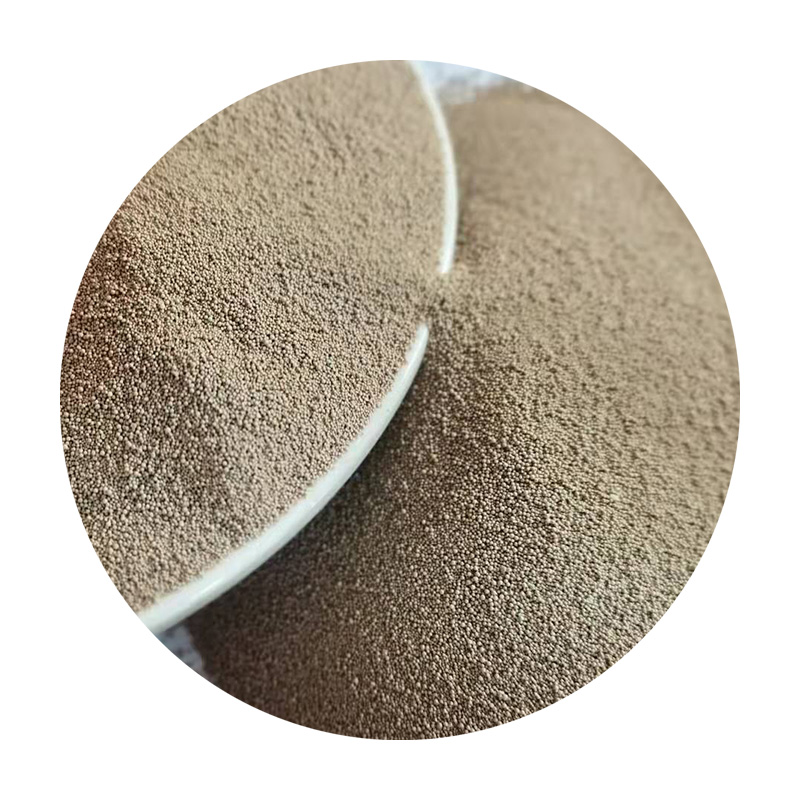

4. No-Bake Sand Casting Also known as air-set casting, this method uses synthetic binders mixed with sand to form a mold. Unlike traditional green sand, no-bake sand is left to cure and harden at room temperature, negating the need for additional heating. The method provides superior dimensional accuracy and surface finish, making it suitable for casting large components like machinery housing and supports. Although it has a higher cost compared to other methods, the precision and quality it offers justify its application in demanding manufacturing environments. 5. Resin Sand Casting Resin sand casting involves using binders mixed with sand to provide high mold stability, which allows for precise control over the casting parameters. This method is specifically beneficial for producing smooth surface finishes and is commonly used in producing complex, high-performance parts, such as those needed in high-pressure applications. Industries that require durability and detail, like oil and gas, often rely on resin sand casting. To ensure selecting the appropriate sand casting type, industries consider factors such as production volume, cost constraints, and material specifications. Consulting with experts in the casting domain significantly aids in optimizing the casting process, ensuring balance between quality and efficiency. Employing industry best practices and advanced technologies in sand casting not only enhances product quality but also builds long-term trust with clients, affirming authority and expertise in the highly competitive manufacturing sector. Overall, the key to maximizing the benefits of various sand casting techniques lies in a deep understanding of each method's strengths and limitations. Leveraging professional experience and a commitment to quality production processes assures that each cast meets industry standards and customer expectations, cementing the manufacturer's reputation as a trusted and authoritative leader in the realm of metal fabrication. Post time:febr. . 15, 2025 01:26
Next:difference between sand casting and permanent mold casting
